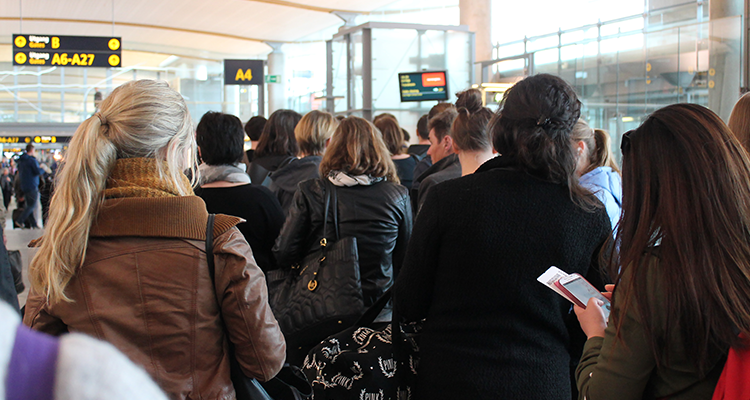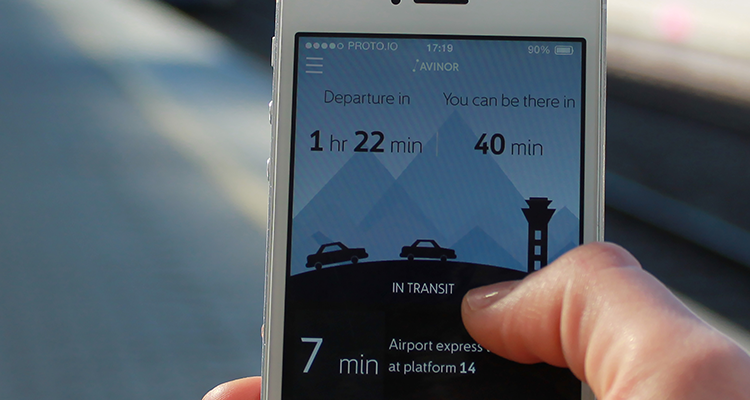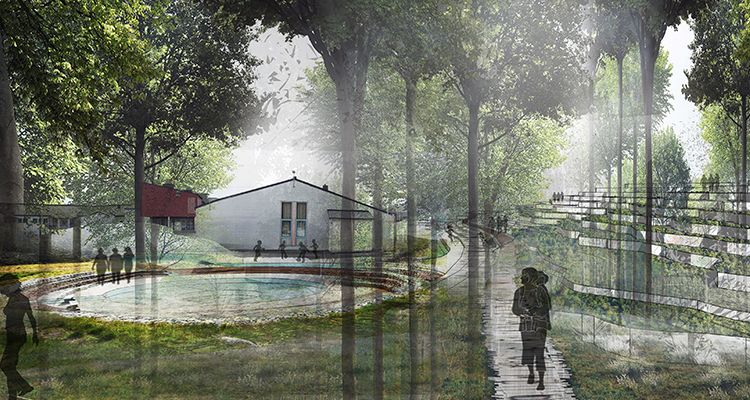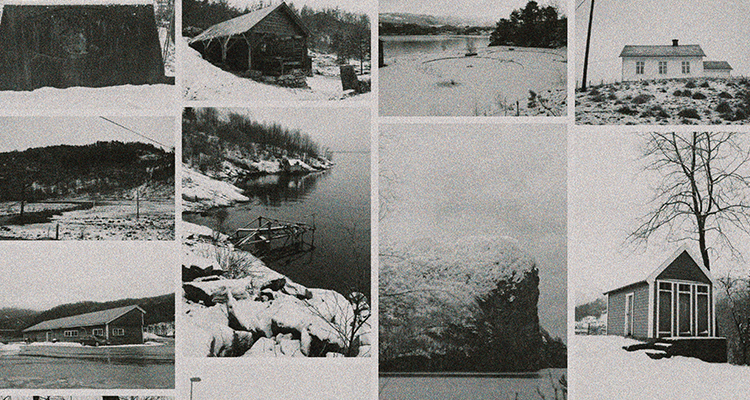When a news event is unfolding, the online news providers are focused mainly on publishing articles as quickly as possible. This leads to a massive amount of information that requires a lot of the newsreader’s time and effort to be able to understand.
We want to make it easier to understand why a news event is happening and to see the event as a part of a bigger picture. By visualizing the relations between cases and organizing the information we want to create a less overwhelming news situation.
This is Ripple – the news relevant to you!
We want to make it easier to understand why a news event is happening and to see the event as a part of a bigger picture. By visualizing the relations between cases and organizing the information we want to create a less overwhelming news situation.
This is Ripple – the news relevant to you!

















